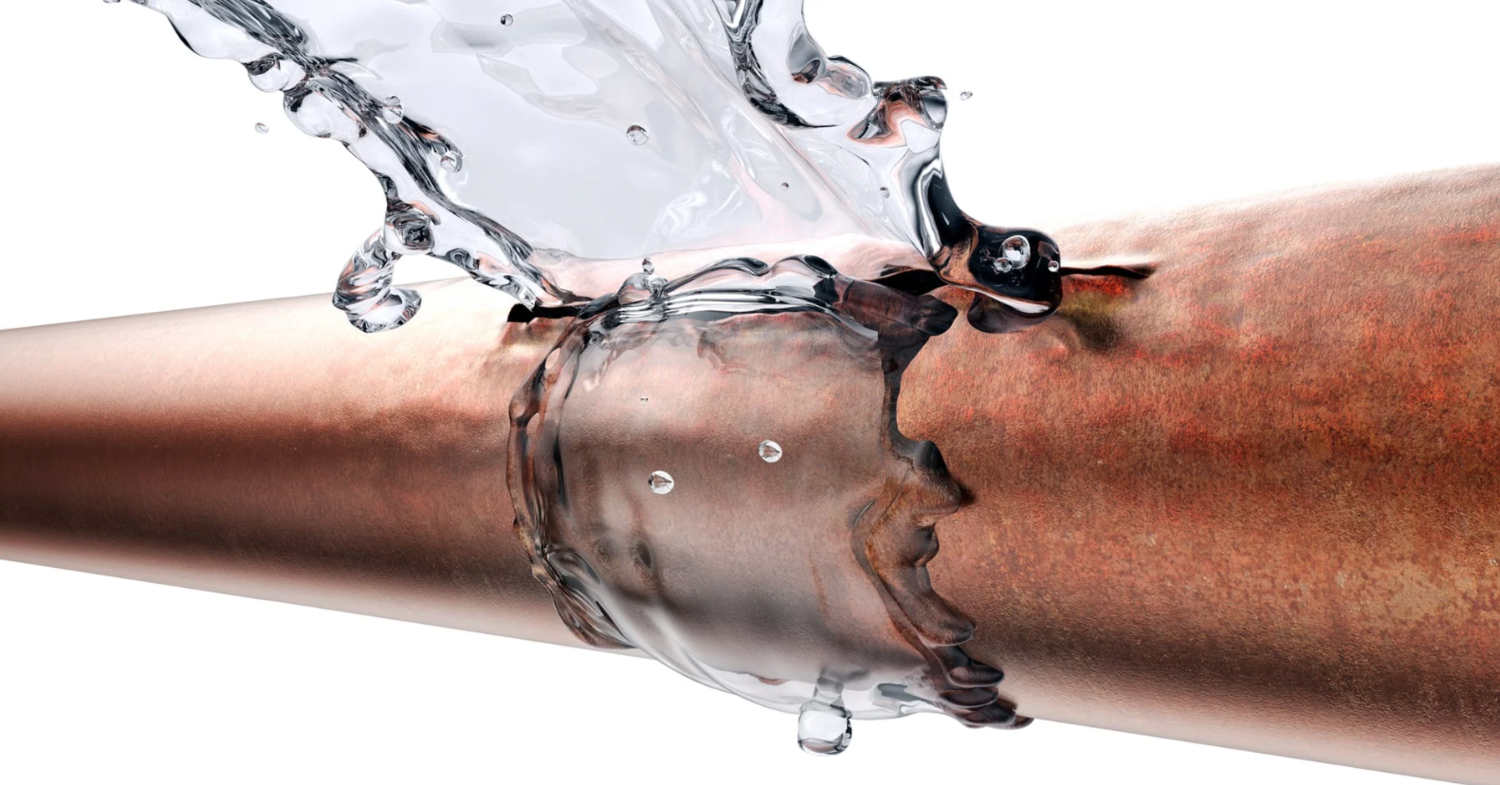Introduction:
As the winter season approaches, it's essential to prepare your home for the challenges that cold weather can bring. One of the most common issues homeowners face during winter is burst water pipes. When water freezes, it expands, putting tremendous pressure on your plumbing system. To prevent the costly and inconvenient damage caused by burst pipes, it's crucial to take proactive measures. In this blog post, we'll explore effective strategies to protect your water lines from bursting this winter.
Insulate Your Pipes:
Insulating your water pipes is one of the most effective ways to prevent freezing and bursting. Pipe insulation comes in various forms, including foam sleeves, fiberglass wraps, and heat tape. You can easily install these materials to provide a protective barrier between your pipes and the cold air. Pay special attention to areas with exposed pipes, like basements, crawl spaces, and outdoor plumbing.
Seal Any Gaps and Cracks:
Inspect your home for gaps and cracks that may allow cold air to reach your water pipes. Sealing these openings with caulk or foam can help maintain a more consistent indoor temperature, reducing the risk of frozen pipes. Common trouble spots include gaps around windows, doors, and utility openings. Addressing these issues can also improve your home's energy efficiency.
Let Faucets Drip:
During extremely cold nights, allowing faucets to drip at a slow, steady rate can help prevent pipe freezing. Running water, even at a trickle, is less likely to freeze, reducing the pressure inside your pipes. Open faucets in areas where pipes are at risk, such as the kitchen, bathrooms, and utility rooms.
Use Heating Cables:
Heating cables, or heat tape, are specifically designed to prevent frozen pipes. They are easy to install and can be wrapped around pipes vulnerable to freezing. Heating cables can be controlled by a thermostat, ensuring they activate when temperatures drop to a critical level. This proactive approach can save you from costly repairs and water damage.
Keep Your Home Warm:
Maintaining a warm indoor temperature is a fundamental step in preventing frozen pipes. Set your thermostat to a consistent temperature, even when you're away from home. A temperature of at least 55 degrees Fahrenheit is typically recommended to prevent pipes from freezing. Insulate your home properly, and don't forget to check your heating system to ensure it's in good working condition.
Open Cabinet Doors:
For pipes located under sinks in bathrooms and kitchens, it's a good practice to keep cabinet doors open during extremely cold weather. This allows warmer air from your home to circulate around the pipes, reducing the risk of freezing.
Drain Outdoor Faucets:
Before winter sets in, disconnect and drain your outdoor hoses and faucets. Leaving water in these fixtures can lead to freezing and pipe damage. Consider installing outdoor faucet covers or frost-free faucets to further protect against cold temperatures.
Conclusion:
Protecting your water lines from bursting this winter requires some proactive measures, but the effort is well worth it to avoid the inconvenience and expense of burst pipes. By insulating, sealing, and using heating cables, you can safeguard your plumbing system against the harsh conditions of winter. Remember to keep your home warm and ensure that your heating system is in good working order. These simple steps will go a long way in maintaining a safe and comfortable home throughout the cold season.

